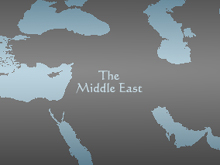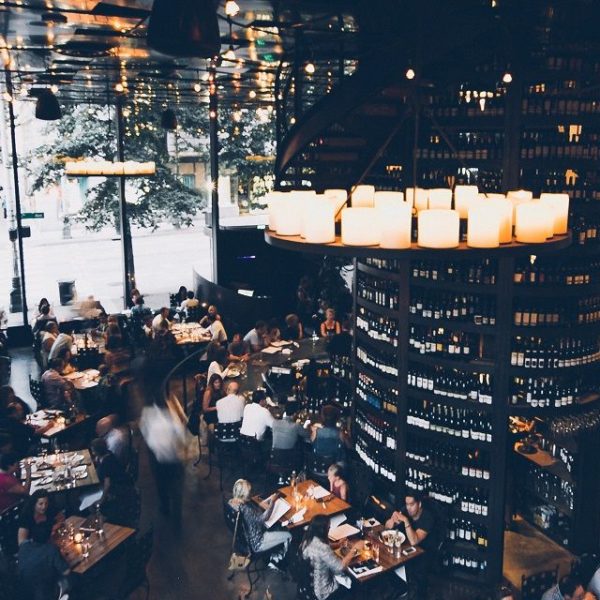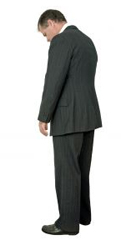An old PM trick I learned years ago is that whenever you start something, it’s just as important to list the non-goals for the project, as it is to list the goals themselves. The reason is that non-goals, things that people might confuse with real goals, are where all the lost effort and wasted time that sinks projects grows from. Nip that in the bud, and things get easier.
The problem is it’s hard to know where people are confused with big ideas like visions – and its all too easy for people that write visions, sitting on their highest of horses, to assume people are taking the vision as gospel, when instead they’re mostly mocking it, or worse, not using it for anything at all.
The product vision test keeps your ego in check if you’re the dude who wrote the vision. Do people understand the project goals? Do they even remember them? Are they jazzed about what’s going on? Someone has to test the vision and validate its having the effect leaders want.
The product vision test
After you’ve published the project vision, do this:
- Break the ideas down into 10 or less high level statements. Think ten commandments: short, tight messages that help people make decisions. If the vision is well written, this should not be hard.
- Make this list visible – in the hallway, on the website, everywhere.
- Perioidically ask people at random how many of the ten they know.
If people don’t know the ten, you’ve got problems. Either they haven’t read it, don’t care, or worse, don’t agree with the vision but haven’t said anything about it.
For this reason its important to vett draft visions. Starting with a small group, asking for feedback, revising, and pushing to wider and wider circles. people to reflect back to you what they think the essence is, or should be.
If you’ve built a good vision, and distilled it properly, most people, most of the time, should be able to recite from memory the key goals for the project.
Famous visions
The book Blockbusters, by Gary S. Linn documents several major products that used distilled versions of their visions to drive and communicate goals across the team. The book claims that these kind of rock solid, crystal clear, ultra-simple goals are what makes blockbuster products possible.
- Fits in pocket
- Sych seamlessly with PC
- Fast and easy to use
- No more than $299
- Simplify manufacturing
- Modernize
- Reduce cost
- Look like the Apple II
- IBM PC
- Beat Apple.
- Do it in one year.
Bonus test: Another way to test visions is to require the distilled list to be the first slide at every group or all-hands meeting. The rule is you put it up, read them, and ask anyone in the room if they have any way to improve the list.
This keeps the vision alive throughout the project – if someone has a way to refine a goal, or question it given recent events, they should have a mechanism to raise it for discussion. But if they don’t, they have to conceed they should be working passionately to satisfy the existing list.
History note:
My first exposure to this kind of practice was David Cole, the development manager on Windows 95, where he broke the complicated vision down in ten commandments that he would quiz and prod the team to remember. He could be an intimidating guy, which he used to his advantage at keeping the ten commandments on everyone’s mind.
More on visions:
My book Making Things Happen has a whole sweet chapter on visions and how to do ’em right.
 Sometimes good books sneak up on you – you enjoy reading them, but their full value doesn’t surface until afterwards, when in the days and weeks that follow you find yourself thinking back on how the book changed your mind. Engines of ingenuity by Historian and NPR host John Lienhard, fits this profile.
Sometimes good books sneak up on you – you enjoy reading them, but their full value doesn’t surface until afterwards, when in the days and weeks that follow you find yourself thinking back on how the book changed your mind. Engines of ingenuity by Historian and NPR host John Lienhard, fits this profile. Lienhard’s new book, How invention begins picks up where EOI leaves off. This time he looks deeper into how inventions develop, exploring how often desire, and not true necessity, led to many of the major technoligical innovations of our past.
Lienhard’s new book, How invention begins picks up where EOI leaves off. This time he looks deeper into how inventions develop, exploring how often desire, and not true necessity, led to many of the major technoligical innovations of our past.

 There’s a
There’s a 
 As I’m on the home stretch of finishing the
As I’m on the home stretch of finishing the 